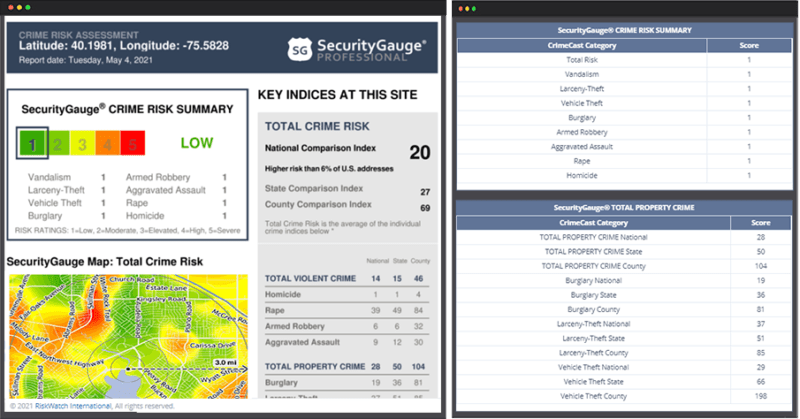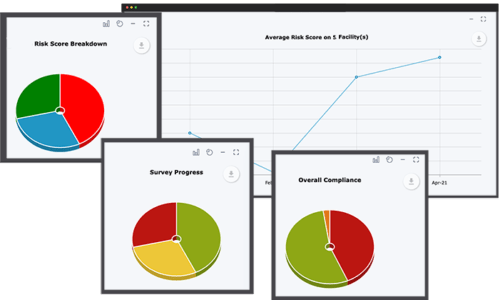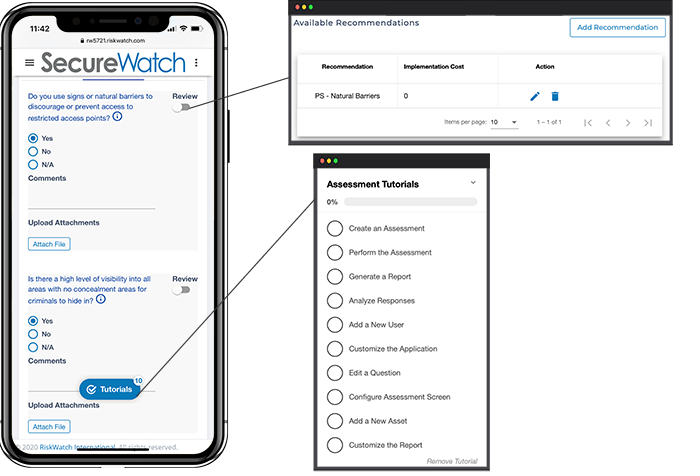Pain points include selecting quality and relevant frameworks, collecting data, analyzing data, setting remedial tasks, following up on progress, creating reports, and more.
Supplier Risk Management
The Challenges
Without a risk-based approach to managing suppliers, your organization is vulnerable to all of the risks that are associated with your supplier. It is difficult enough to manage risks for your own organization, so how can your team manage risks for another organization as well?
Supplier risks include cybersecurity, compliance, physical security, reputational, financial, operational, strategic, and more. A process that includes all of these areas is challenging to create, costing a lot of resources and there is still no automation, meaning the process takes up employee time and leaves room for inaccuracies.
The Impact
A vulnerability for a supplier is a vulnerability for any organization that has partnered with them as well because the supplier plays a crucial role in the organization’s business processes, as well as access to organizational secrets and private data.
If a supplier experiences a data breach, all of their partners are at risk of having stolen data and it’s the partners who are responsible for that data. This affects the company and its customers, resulting in severe financial losses due to fines, compensation, loss of business from downtime and reputational damage, potential ransomware, and more.
Companies are responsible for performing due diligence on suppliers and are responsible for data that customers give to them, making it difficult to prove that you weren’t negligent unless you have a thorough risk management platform that stores reports detailing all efforts.
Achieve your Supplier Management Goals with RiskWatch
Third-Party Data
- Partners include Cap Index, Security Gauge, and World Aware.
- Increase visibility and transparency with facilities, enabling more insightful decisions.
- Communicate the status of facility security to business stakeholders using a unique security risk rating for each facility.


Automated Analysis
- Automatically rank sites by risk to prioritize mitigation.
- Understand security at a glance with real-time dashboard analytics.
- 80% time savings when assessments were conducted using previous assessments performed in SecureWatch and compared to a manual assessment process.
Automated Reporting
RiskWatch enables customers to standardize and automate reporting functions directly within the platform. Several report templates are included by default, with the added option to create custom templates. Templates can be saved to meet data and visual preferences. With the correct templates saved, generate any report with a single click.
- Save an average of 16 hours per report
- View robust data from multiple sources within a single place.
- Increase transparency with any data available in any format, on demand.











